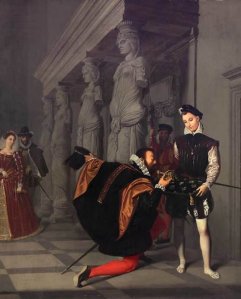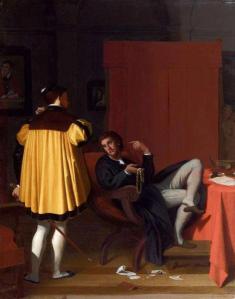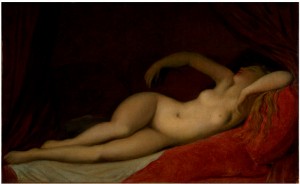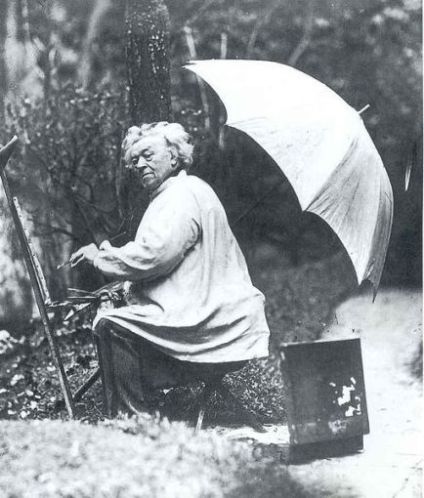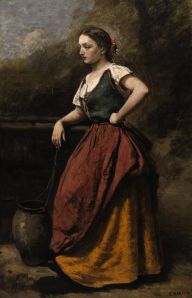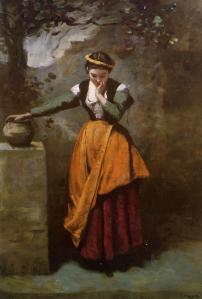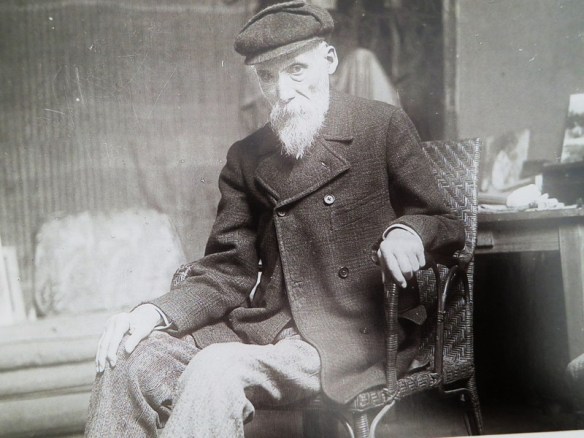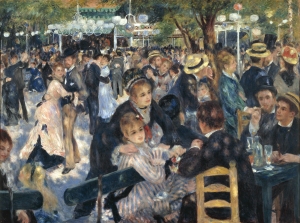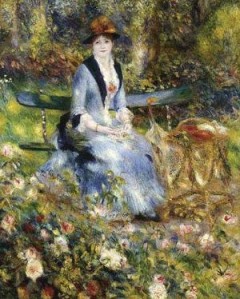(31 December 1869 – 3 November 1954) was a French artist.known for his use of colour and his fluid and original draughtsmanship. He was a draughtsman, printmaker, and sculptor, but is known primarily as a painter.
Henri Matisse was born on December 31, 1869, and was raised in the small industrial town of Bohain-en-Vermandois in northern France. His family worked in the grain business. As a young man Matisse worked as a legal clerk and then studied for a law degree in Paris in 1887-89. Returning to a position in a law office in the town of Saint-Quentin, he began taking a drawing class in the mornings before he went to work.
When he was 21, Matisse began painting while recuperating from an illness, and his vocation as an artist was confirmed. In 1891 Matisse moved to Paris for artistic training.
He took instruction from famous, older artists at well-known schools such as the Académie Julian and the École des Beaux-Arts which required working from live models and copying the works of Old Masters, but Matisse was also exposed to the recent Post-Impressionist work of Paul Cézanne and Vincent van Gogh while living in Paris.
Matisse began to show his work in large group exhibitions in Paris in the mid-1890s, including the traditional Salon de la Société Nationale des Beaux-Arts, and his work received some favorable attention.
Matisse is commonly regarded, along with Pablo Picasso and Marcel Duchamp, as one of the three artists who helped to define the revolutionary developments in the plastic arts in the opening decades of the twentieth century, responsible for significant developments in painting and sculpture. His mastery of the expressive language of colour and drawing, displayed in a body of work spanning over a half-century, won him recognition as a leading figure in modern art.
Price records
“Cuckoos, blue and pink carpet”

Technique: Oil/canvas
Size 81 cm x 65.5 cm
Hammer price: $41,046,400
“The Odalisque, Harmony Blue” (1937)

Technique: Oil/canvas
Size 60.3 cm x 49.5 cm
Hammer price: $30,000,000
” Bouquet for July 14 ” (1919)

Technique: Oil/canvas
Size 116 cm x 89.0 cm
Hammer price: $25,500,000
“Portrait in Blue Coat” (1935)
Technique: Oil/canvas
Size: 91.3 cm x 59.8 cm
Hammer price: $20,000,000
“Dancer in the Chair, Checkerboard Floor” (1942)
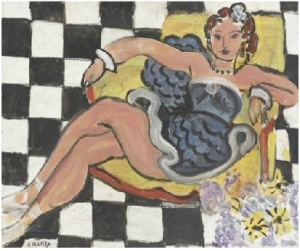
Technique: Oil/canvas
Size: 46 cm x 55.0 cm



